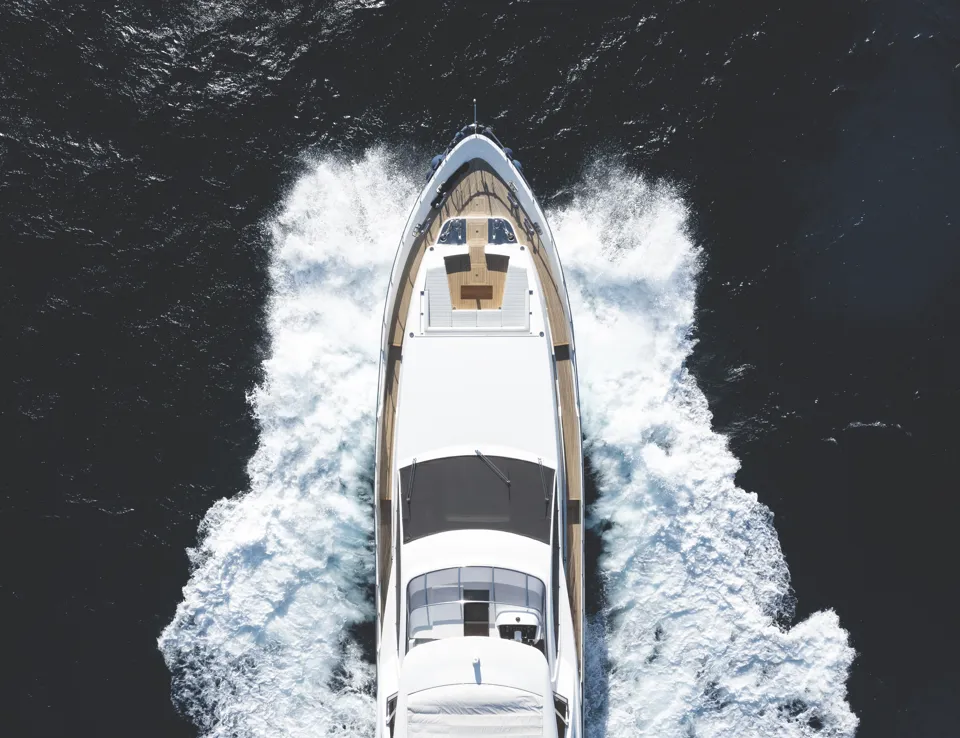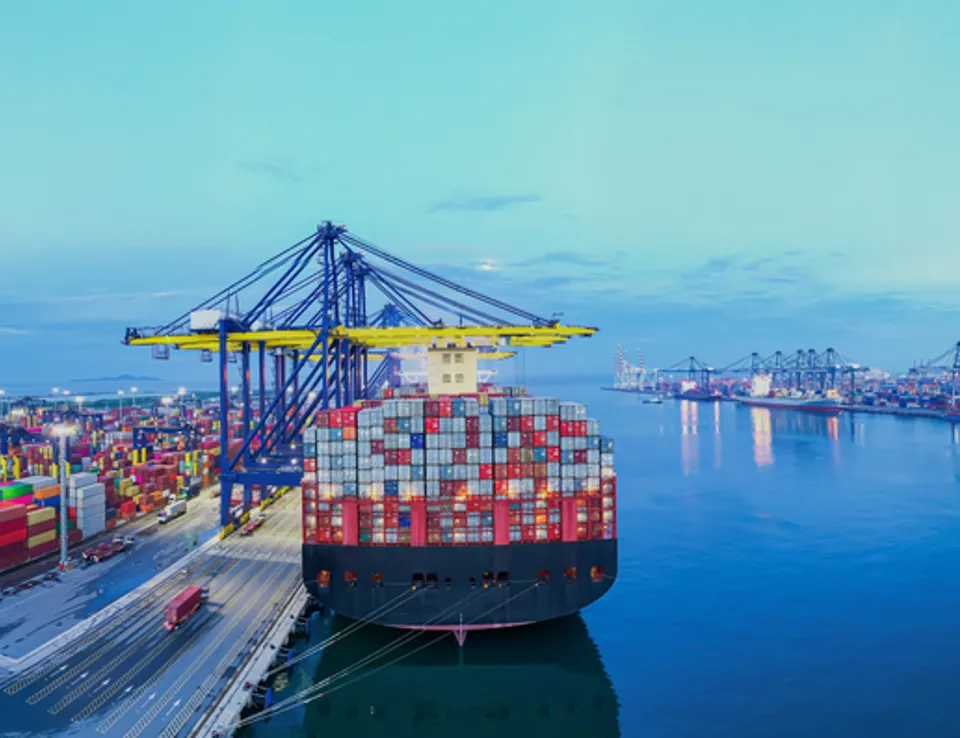
Decarbonising smaller vessels: What does the Maritime Decarbonisation Strategy really mean for these subsectors now?
11 Apr 2025
The UK Department for Transport (DfT) Maritime Decarbonisation Strategy has placed an increased focus on the decarbonisation of domestic maritime transport. The aim is for this sector to achieve zero fuel lifecycle GHG emissions by 2050, with at least 30% reduction by 2030 and 80% reduction by 2040, relative to the 2008 baseline [1].
The strategy outlines a new commitment to focus on vessels below 400 gross tonnage (GT) in subsectors that could ‘move quickly’ to reduce their carbon impact via clear pathways to decarbonisation [2]. A call for evidence (CfE) has been issued by the Government that seeks to inform any policy making relating to the decarbonisation of smaller maritime vessels.
But what exactly is covered by this focus, and what are the implications for businesses operating in these subsectors?
What is defined as domestic maritime transport?
The Government's new decarbonisation strategy targets domestic maritime transport, which covers leisure boats, inland waterways and sea-going vessels.
Domestic maritime transport is defined in three ways:
- Voyages between UK ports or offshore installations within the UK Exclusive Economic Zone (EEZ)
- Round trips from a UK port or offshore installation within the UK EEZ
- Any time a vessel is berthed at a UK port or offshore installation in the UK EEZ—regardless of whether its other voyages are international.
This definition excludes travel within the waters of Crown Dependencies or Overseas Territories, such as the Channel Islands and the Isle of Man.
Which smaller vessels might be affected by the Maritime Decarbonisation Strategy?
The CfE that was issued is focused on smaller vessels below 400GT that are considered capable of decarbonising quickly due to short duty cycles, regular access to recharging or refuelling, and sufficient space onboard for battery or hydrogen storage.
Smaller vessels (<400GT) which could be impacted by this strategy include:
- Some offshore wind operations and maintenance vessels
- Inland waterways vessels (excluding floating homes without propulsion)
- Recreational craft (excluding personal watercraft (PWC) under the 2017 Regulations)
- Small ferries operating between UK ports and small passenger craft
- Aquaculture vessels
- Port service vessels (e.g., dredgers and tugboats)

However, the CfE also acknowledges small vessels which aren’t currently defined as having a clear pathway to decarbonisation. These might include:
- Deep sea vessels such as lightships, deep sea tugs, or research vessels
- Pilot boats
- Rescue craft and salvage vessels
- Workboats for oil and gas operations or cable laying
Whilst these vessels have a less defined route to decarbonisation, there is an acknowledgement that they also have a role to play in the Maritime Decarbonisation Strategy.
Why is there a focus on smaller vessels below 400GT?
Historically the focus has been on how we can reduce the carbon impact of larger vessels, but the Government’s strategy highlights that despite limited data, they are projected to contribute to a growing portion of domestic maritime emissions as other larger vessels decarbonise.
Addressing the emissions of these vessels is essential to meeting decarbonisation goals. Current modelling suggests that targeted policies could cut up to 0.6 MtCO₂e by 2050 [3]. However, many of these vessels fall below the size requiring tracking systems making them difficult to monitor, so actual savings are likely to be higher as a result.
How will the Maritime Decarbonisation Strategy affect my small vessel business?
The report from the call for evidence is expected in late October 2025 so there may be some time before we see official government policy targeting emissions reduction in smaller vessels. However, this is another signal to the market that change is on the horizon.
It is unclear at this stage how policy might develop. However, businesses with products in these maritime industry subsectors should be working on their decarbonisation roadmaps now and exploring which propulsion system technologies might be the right match for their product portfolios.
Learn what role will electrification play in the decarbonisation of smaller vessels
How can Ricardo help me to navigate these decarbonisation challenges?
Investment in new technologies can be challenging for businesses, but Ricardo’s experts are on hand to support our clients in the maritime sector every step of the way.
Our strategy and advisory team are on hand to help our clients to select the right technologies to reduce the environmental impacts of their product portfolio and to navigate the complexities of the regulatory landscape.
Our global engineering team develop world-class decarbonisation solutions across a wide variety of market sectors. From fuel cell and hydrogen ICE, to electric and hybrid – our impartial specialists can provide support across the full propulsion system, helping our clients to achieve their decarbonisation goals.

Finally, our manufacturing and industrialisation services help to bring product concepts to life. Our niche volume manufacturing, assembly and industrialisation capability enables us to deliver a full-service product development solutions including series supply and in-service support, all under one roof.
Wherever you are on your decarbonisation journey, contact Ricardo to see how we can support you.
References
[1] Maritime Decarbonisation Strategy. 2025. Department for Transport. p. 4 [online]
[2] Decarbonising smaller vessels. 2025. Department for Transport [online]
[3] Maritime Decarbonisation Strategy. 2025. Department for Transport. p. 56 [online]
Subscribe or ask us a question
Subscribe for updates or get in touch with our experts about your maritime decarbonisation challenges










